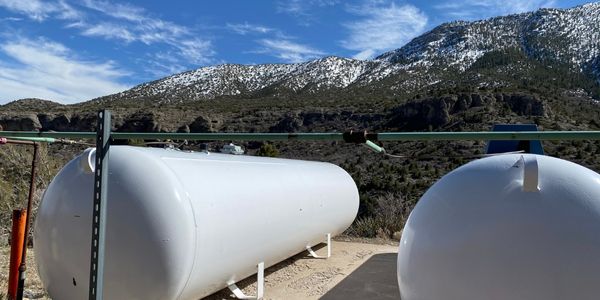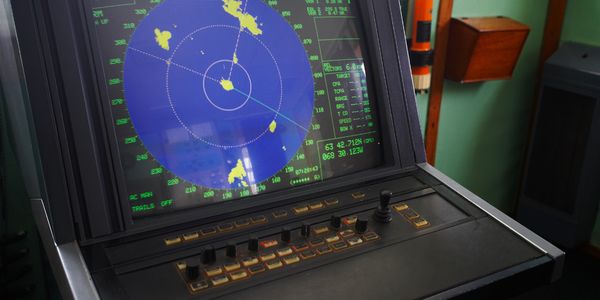
- Marine & Shipping
Aspin Kemp & Associates (AKA), a manufacturer of electrical power and control systems headquartered in Montague, PEI, encountered one with its hybrid power initiative, the first hybrid drill floor destined for installation on ultra-deepwater drill ships operated by Transocean, Swiss offshore drilling contractors. Since on-site modification was impossible and scrap recycling of any modifications was unacceptable, the enclosures had to arrive ready-to-install.
AKA’s solution – to couple dieselenerators with ultracapacitors to resolve the problems in the power distribution network – called for dozens of industrial enclosures. The intermediate power storage system absorbs and delivers energy at a rate faster than the process can use or return it. The hazards of the E-stop are controlled by allowing operation without the main generator connection. The diesel operates continuously at high output without compromising performance or requiring a “spinning reserve” of power.

Case Study missing?
Start adding your own!
Register with your work email and create a new case study profile for your business.
Related Case Studies.









